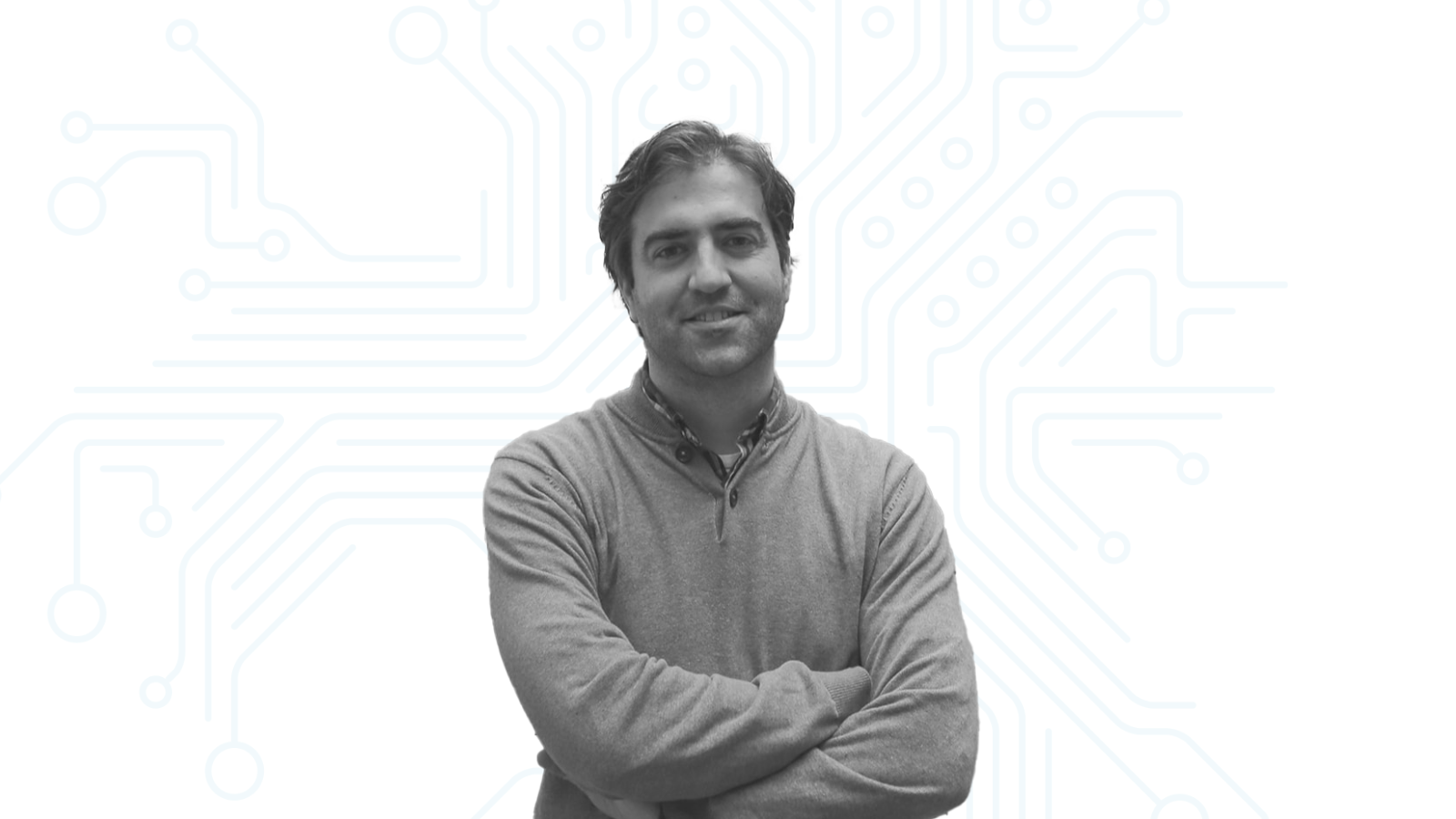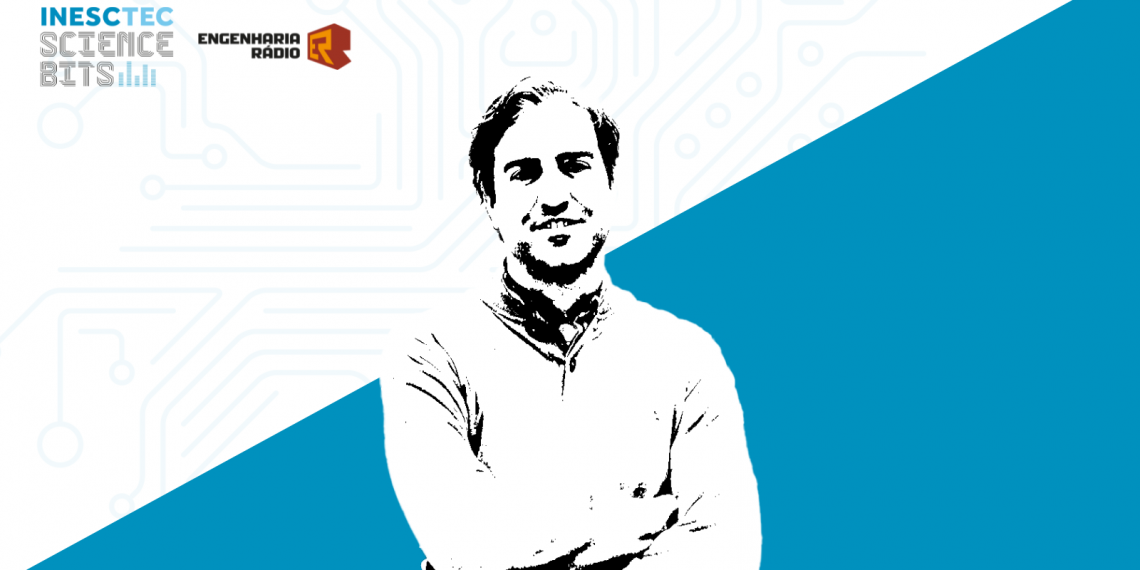INESC TEC Science Bits – Episode 31
Link to the episode (Portuguese only)
Guest:
Luís Coelho, INESC TEC researcher
Keywords: light, photonics, optical solutions, sensors

How far does Light take us?
Let’s travel from May 2023 to May 1960. From Portugal to the United States of America – more specifically to the Hughes Research Laboratories in California, where Theodore Maiman, a physicist and engineer, successfully operated, for the first time in history, a Laser – in this case, a Ruby Laser.
Considered one of the most important inventions in the history of light, it builds upon centuries of research and the work and discoveries of well-known people like Albert Einstein.
Today, the Laser is part of our daily lives, and people use it in various fields: from medicine to industry, scientific research, communications, and even in the trade sector, e.g., in stores, namely the well-known barcode readers.
What Theodore Maiman achieved over 60 years ago sets the tone for the celebration of the International Day of Light, observed each year on May 16. However, the Laser is just one of the many discoveries related to the study of light.
In this episode of Science Bits, we talked with Luís Coelho, a researcher at the Centre for Applied Photonics (CPA), to learn more about light-based technologies, namely optical solutions. What are they? How do they work? How can they be used, for example, to detect bacteria in food?




 News, current topics, curiosities and so much more about INESC TEC and its community!
News, current topics, curiosities and so much more about INESC TEC and its community!